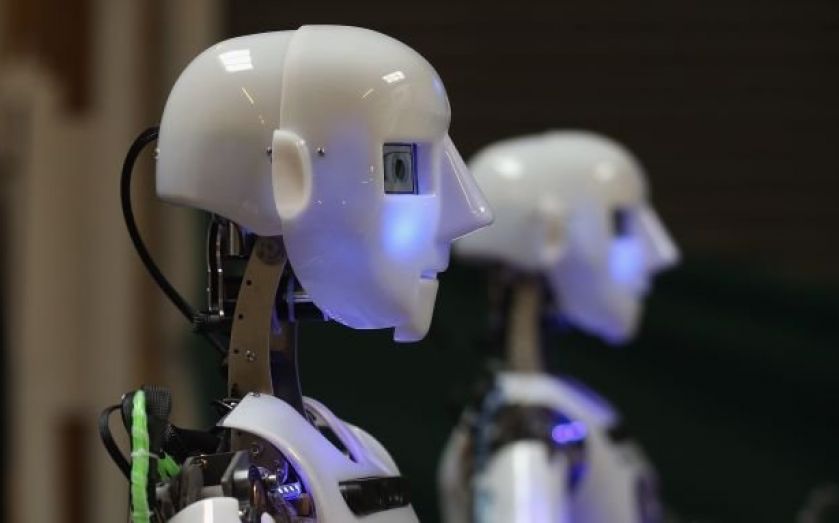| Updated:
From manufacturing to space farming: Meet Baxter, the multi purpose robot

Baxter was originally designed as an industrial robot for working alongside humans on factory floors, excelling at fast, repetitive manufacturing tasks.
Each with its own pair of chunky robot arms connected to a computer brain, hundreds of Baxters are already busily working away in factories and packing stations across the US.
First launched by Boston-based firm Rethink Robotics in 2012, Baxter is now being developed into more of a multi-purpose robot which can carry out a variety of activities, from treating patients to farming in space.
Jim Lawton, chief executive of Rethink Robotics, explained to Design News that the improvements were being made to Baxter's software. "We took the approach of putting the robot together as a platform so we could use the software to drive the usability of the robot," he told them.
Baxter's platform upgrade, called Intera 3, was designed to make it easier for humans to work alongside and train Baxter, with a focus on memory and safety. "With Intera 3, we double performance capability and expand Baxter's abilities," he said. "Our latest software makes Baxter work twice as fast, with twice the precision previously possible."
Training works by physically grasping the robot's arms and manoeuvring them into desired positions. Baxter can then mimic the movement and remember it for later occasions. "From the trainability perspective, you can train Baxter by demonstration," said Lawton. "You can show Baxter how to put these items in a box, and then put the box over there. You can work with the robot because Baxter has a notion of what a box is."
According to the New Scientist, a team of scientists at the Rensselaaer Polytechnic Institute in Troy, New York, has been teaching Baxters to use electronic stethoscopes and carry out medical examinations while being remotely controlled by a doctor. A “master Baxter” is given direct instructions, which are then copied by an identical remote robot to carry out activities on the patient. All the while, the doctor watches via a video link.
An even grander ambition for Baxter comes in the form of space farming: tending to plants in space so that astronauts can have greater access to food and therefore spend longer away from Earth.
Nikolaus Correll from the University of Colorado in Boulder is being funded by NASA to work on Baxter so that it can do just this, and he believes that the $25,000 robot has huge potential. "The veggie growth chamber was just launched to the International Space Station in April this year," he told the New Scientist.
If all goes according to plan, Baxter's space farming skills will be put into action at the International Space Station soon.